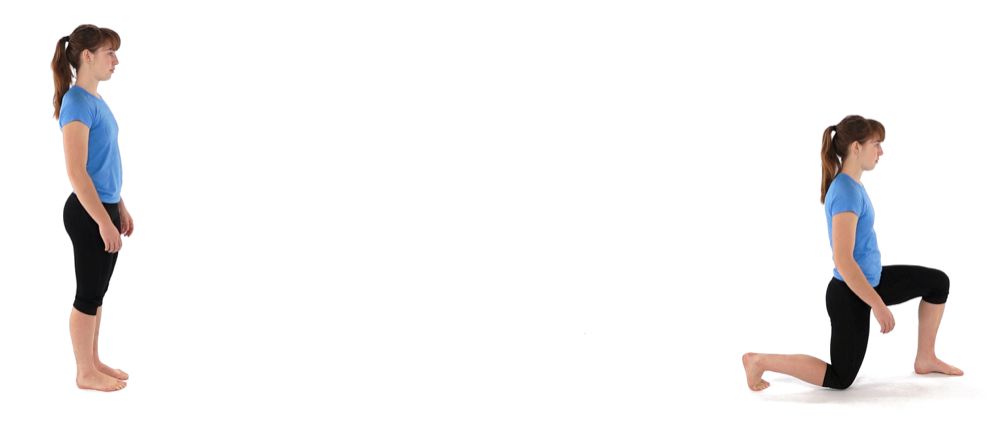4 exercises to build your strength for running season
Author Details
Reg. PT., M.Sc.PT., H.B.K. | National Director of Program Development, Specialty Services

Outdoor running season has arrived and you've done your best to prepare for running season but you're still worried you will experience low back pain with running. If you find yourself dealing with low back pain while running, it may be attributed to a lack of stability in your core muscles forcing the joints of the spine to take more load. How do we prevent this kind of injury from happening?
A great way to do this is to make sure you prepare and strengthen your core prior to beginning your running program. Your hips also take a significant amount of load during running, so strengthening your glute muscles can help make sure your hips are ready to go.
Your glute (hip/buttock) muscles act to stabilize your pelvis and hips when you are weight bearing. It’s important to ensure these muscles are also ready to support you on your run.
Below, you’ll find some exercises to follow that can get you started on strengthening. Begin by doing these exercises 3 times per week for 2 sets of 10 repetitions and progress to 5 times a week as your muscles start to tolerate more.
Exercises to prepare you for running season
1) Dead bug
Begin laying on your back with your arms and legs facing the sky, slowly move your opposite arm and leg to be flat with the floor while maintaining a body/trunk in a stable position. This exercise is great for runners as it mimics your arms and legs moving in different directions while your core works to stabilize you.
Remember to keep one arm and leg facing the sky and try to limit the amount of side to side movement, try to keep your body aligned by maintaining control.

2) Bird dog
This exercise is another core stabilizer. Begin in a tabletop position and move your opposite arm and leg to be straight and in line with the rest of your body while keeping a neutral spine/back. Similar to dead bug, it can assist with building core strength while your arms and legs move in opposite directions.
This exercise adds the challenge of moving your arms and legs against gravity while also incorporating balance. Remember to only go as high as you can with control. With this exercise it is more important to maintain a stable trunk than it is to get the perfect alignment with your arms and legs.

3) Clam shell
Begin in a side lying position with your legs bent and your feet together. Keep your feet together as you separate your knees and slowly bring them back together. Ensure the movement is slow and controlled. Add a resistance band when you are ready and ensure you control the speed of the movement against the band.
This exercise is great to help strengthen your glute muscles to support your hips and pelvis in weight bearing.

4) Lunge
Begin standing comfortably, step forward with 1 leg and lower yourself down towards the floor, so that both your legs achieve a 90° angle (a near kneeling position). Hold for 2-3 seconds then step back up to standing. Switch legs after each step. Ensure the movement is controlled and try to maintain your balance throughout.
Running is a single leg activity. Therefore, it is great to include single leg exercises into your strengthening routine to prepare your body to support its weight on one leg and build strength.

The above exercises are great to do if you want to get started on building some core and lower body strength. Always remember to breathe when you’re doing exercises and take breaks as needed. As you build more strength, you can increase the frequency of these exercises and sets for an extra challenge.
Check out the next installment of this blog series, where we introduce a running plan to get you help you get started on your running program!
If you’re interested in setting up an individualized exercise program, feel free to book an appointment online. These exercises are not intended to replace an existing personalized treatment plan, please speak with your Lifemark clinicians if you have any questions before attempting new exercises.
If you experience pain while doing any of the stretches above, please consult a health professional.
This blog was written by Paola Finizio - a Physiotherapy student at Queen's University.
Author Details
Reg. PT., M.Sc.PT., H.B.K. | National Director of Program Development, Specialty Services
We can help you move and feel better.
Book an appointment today.